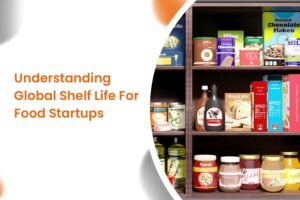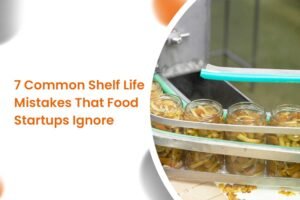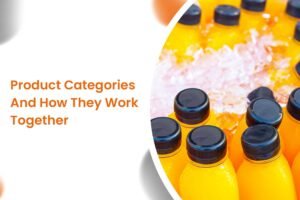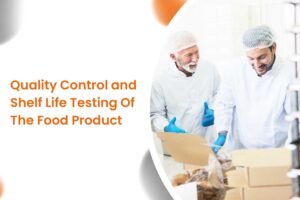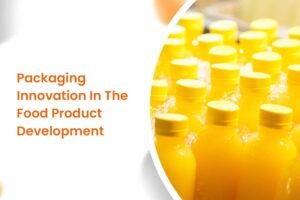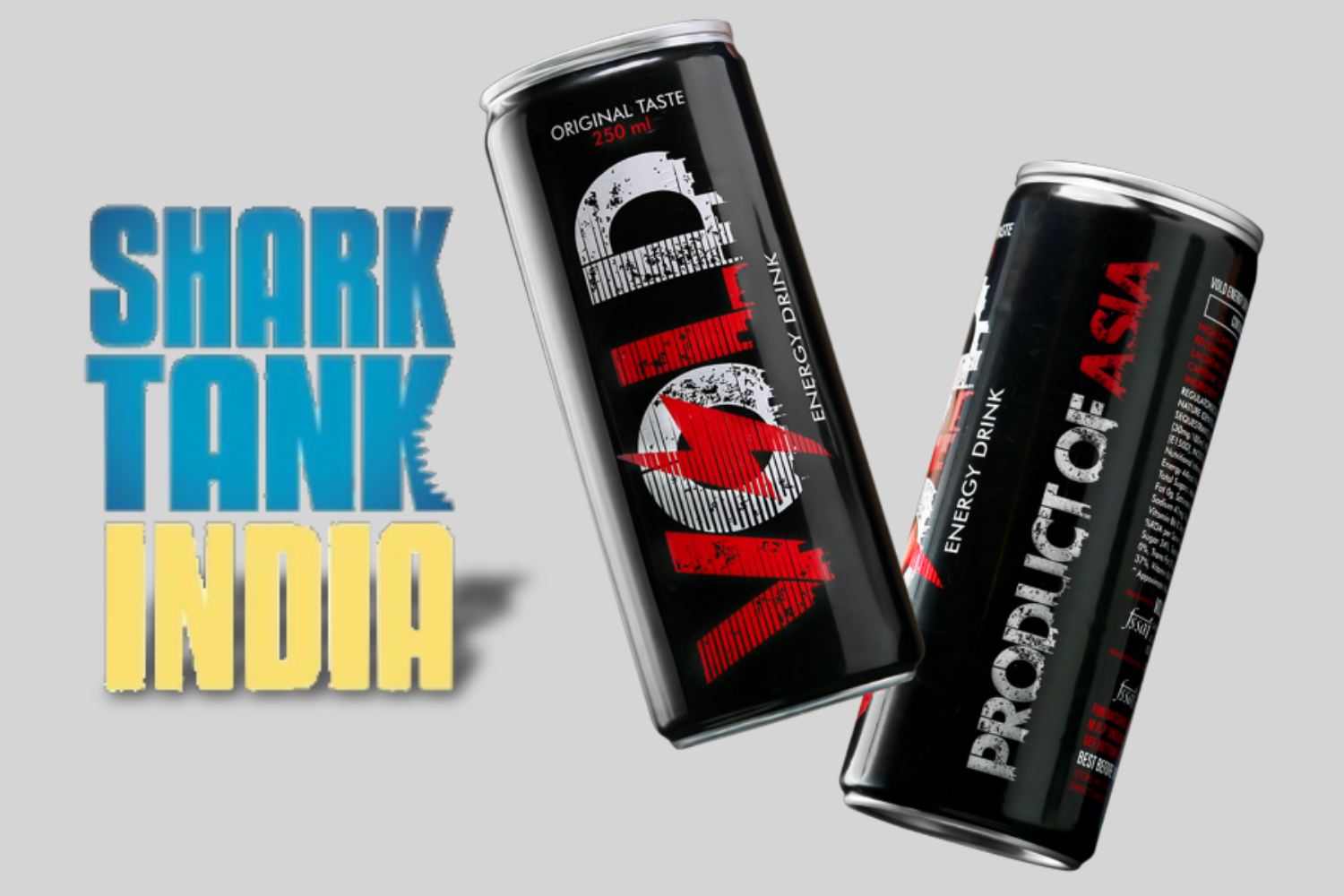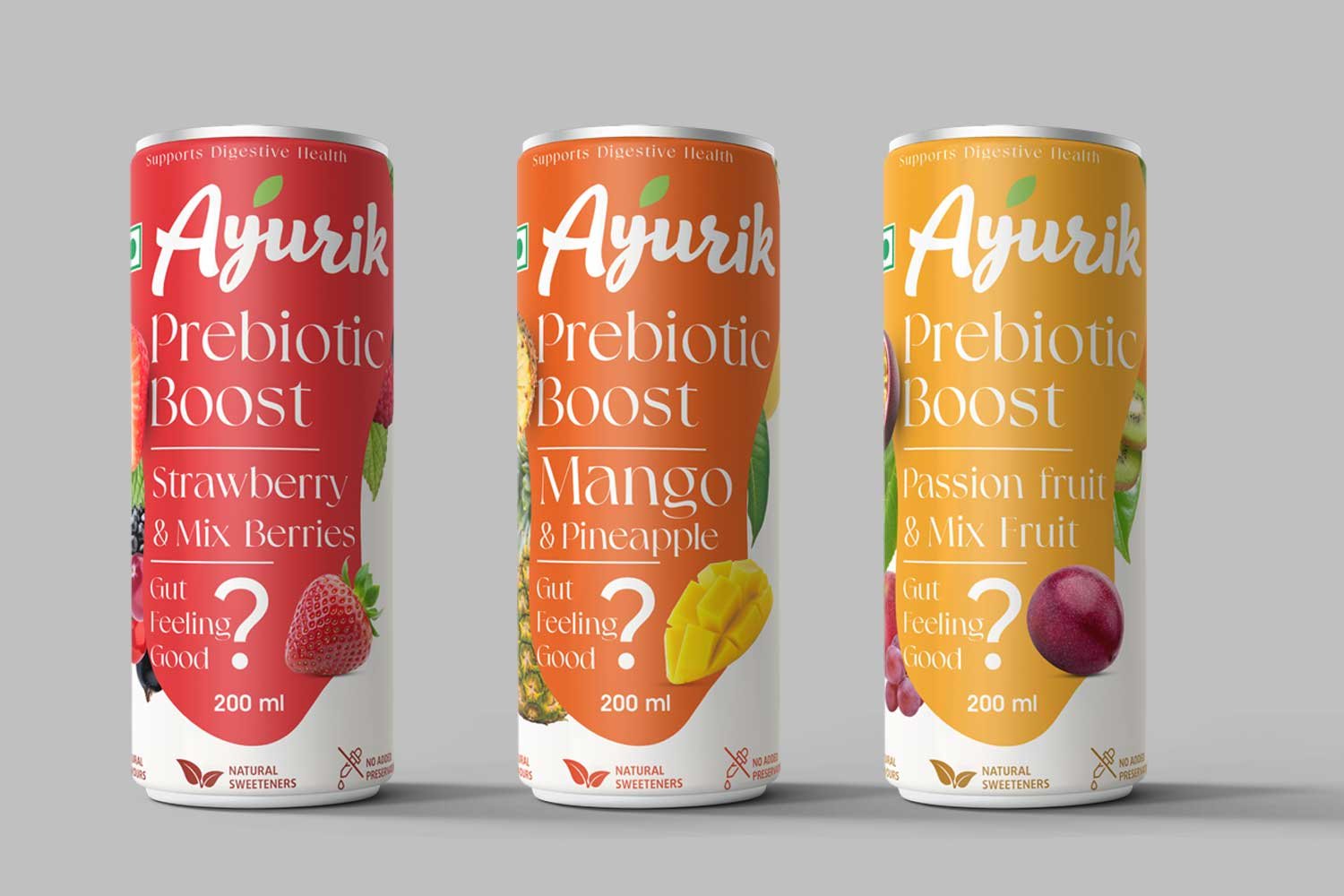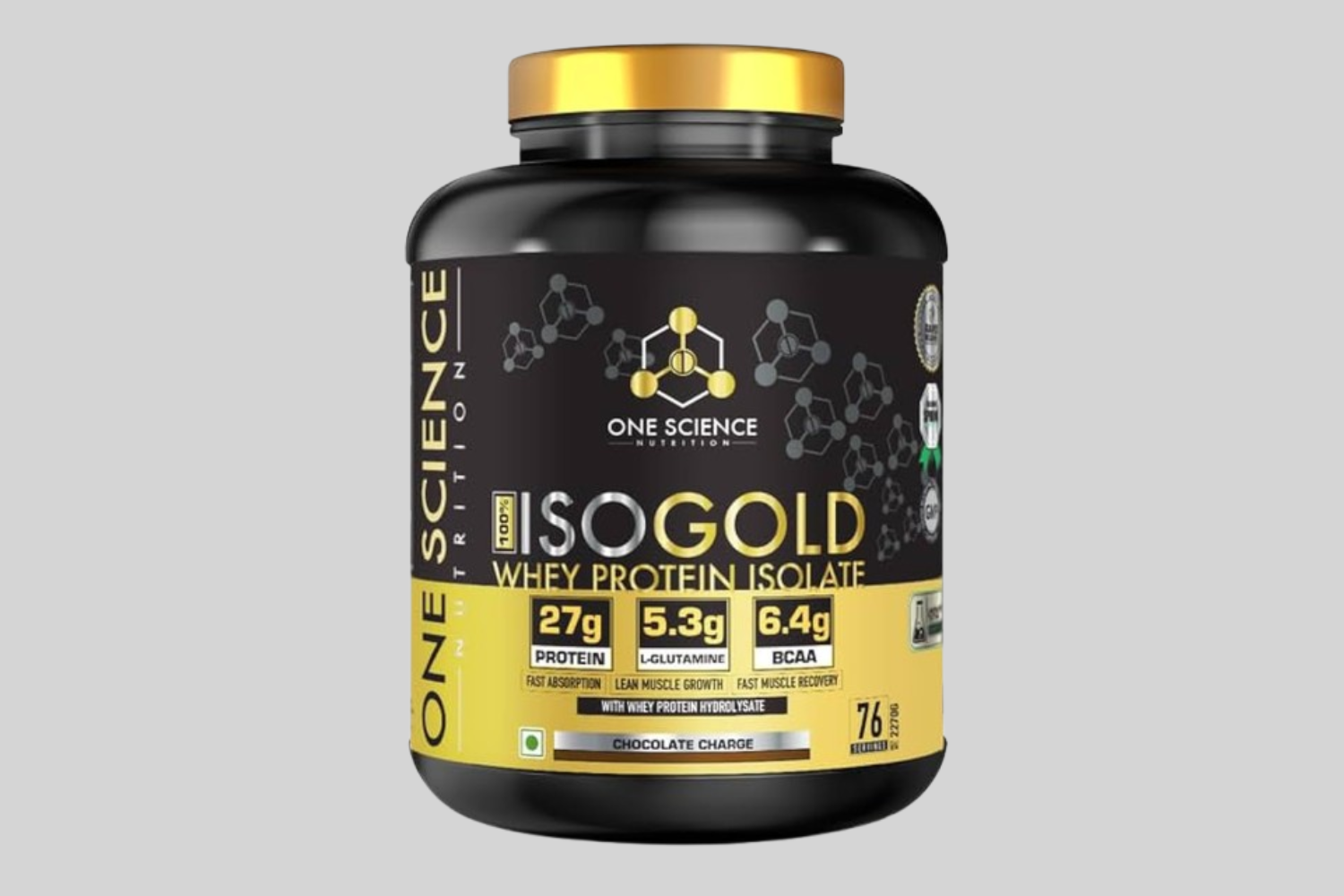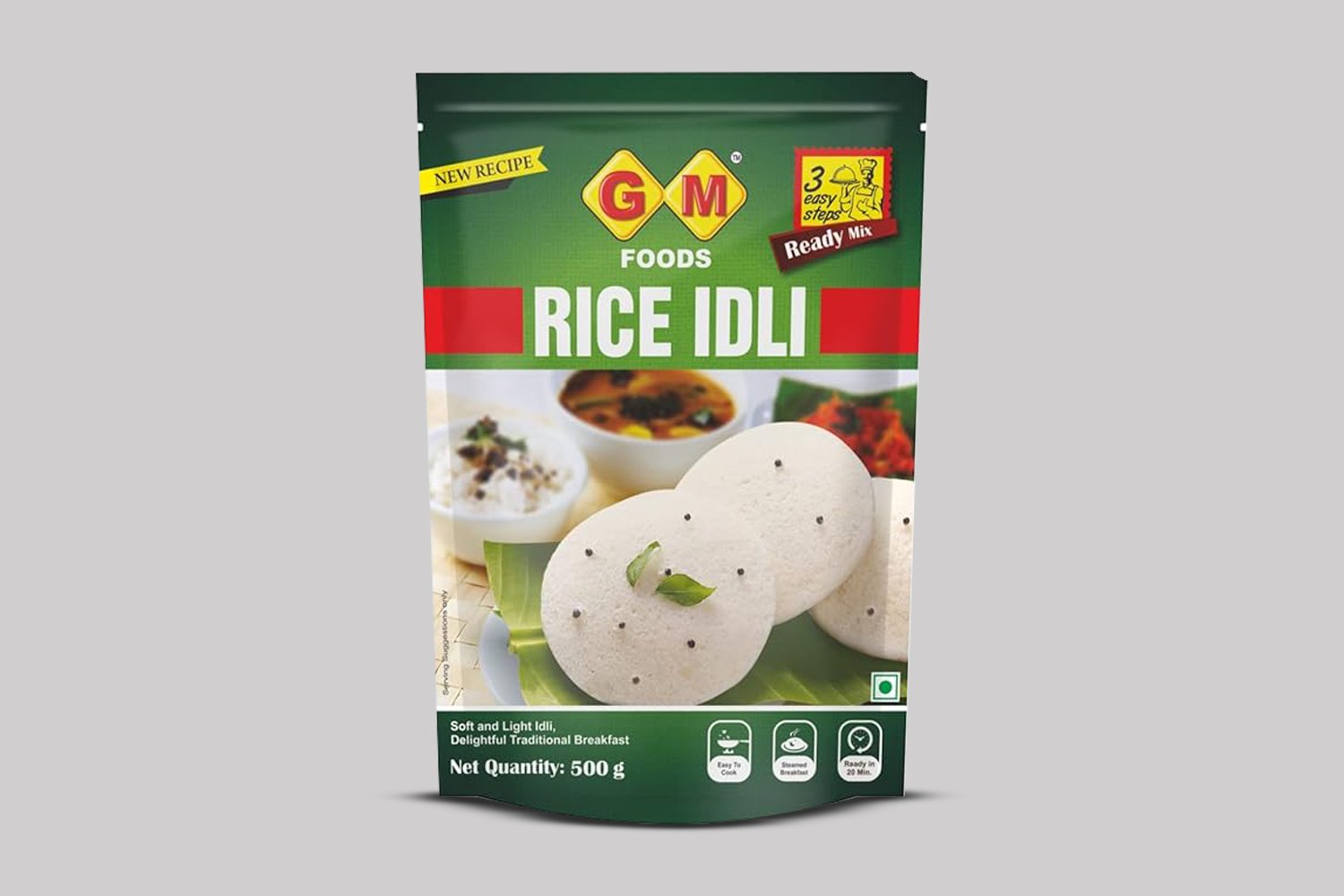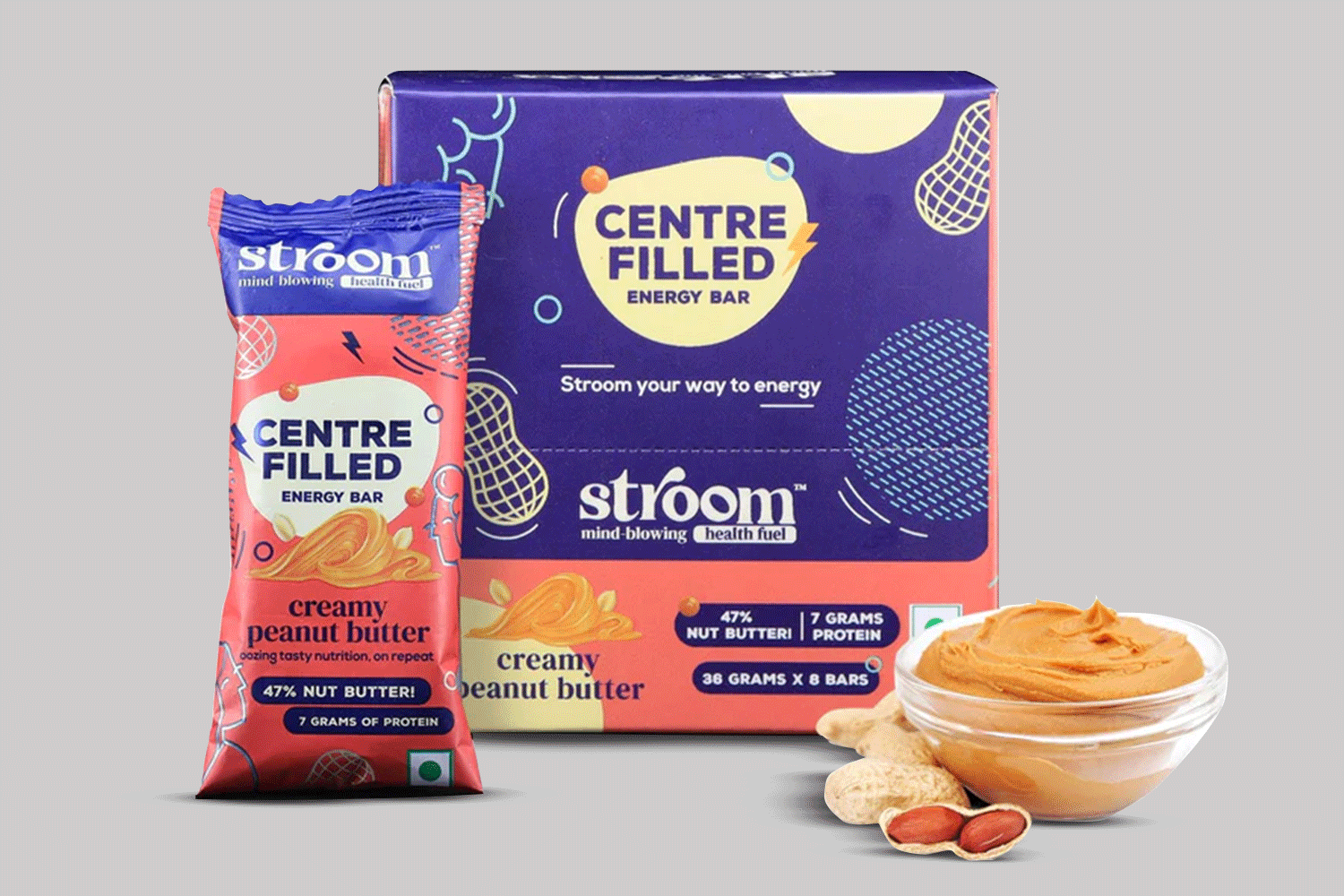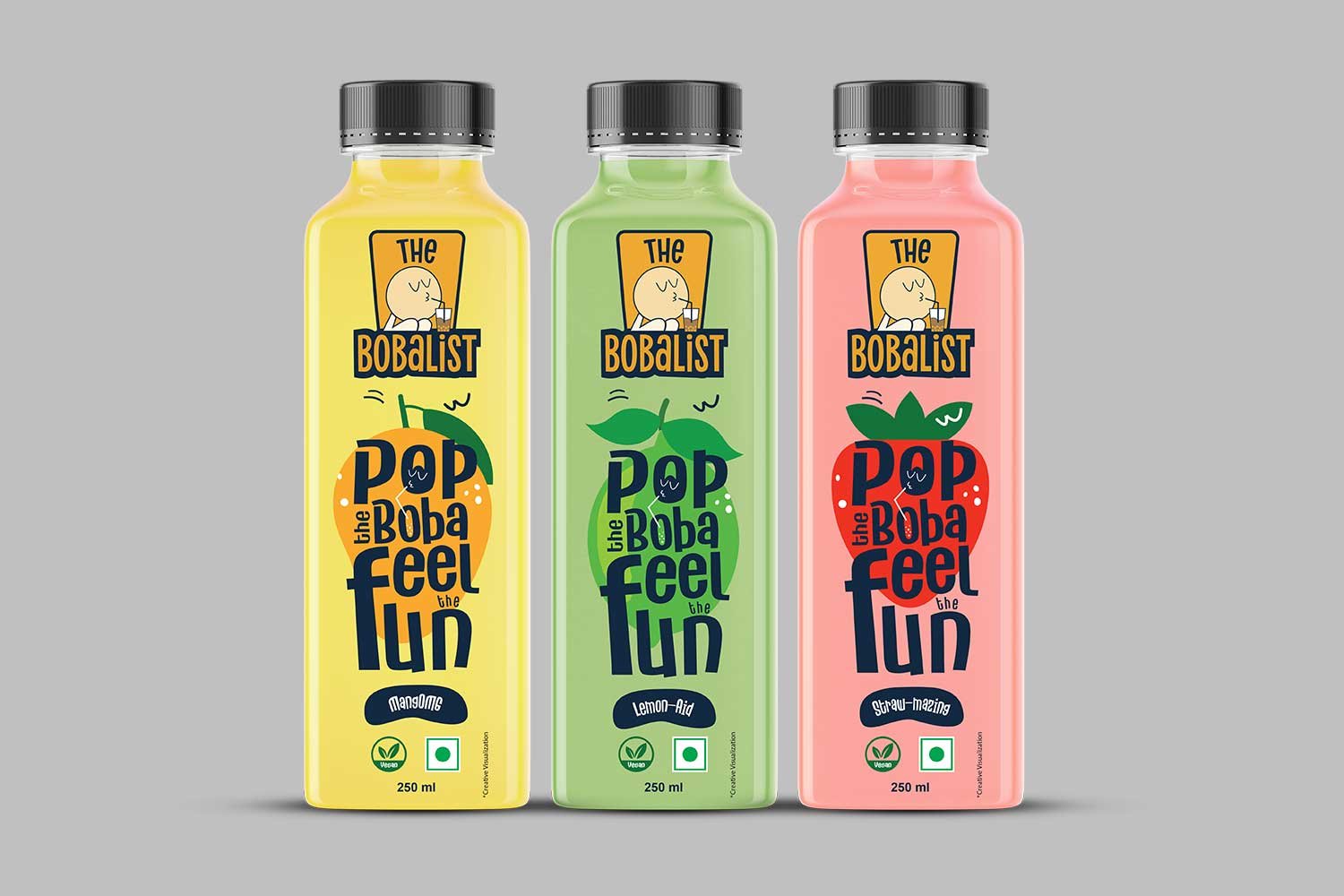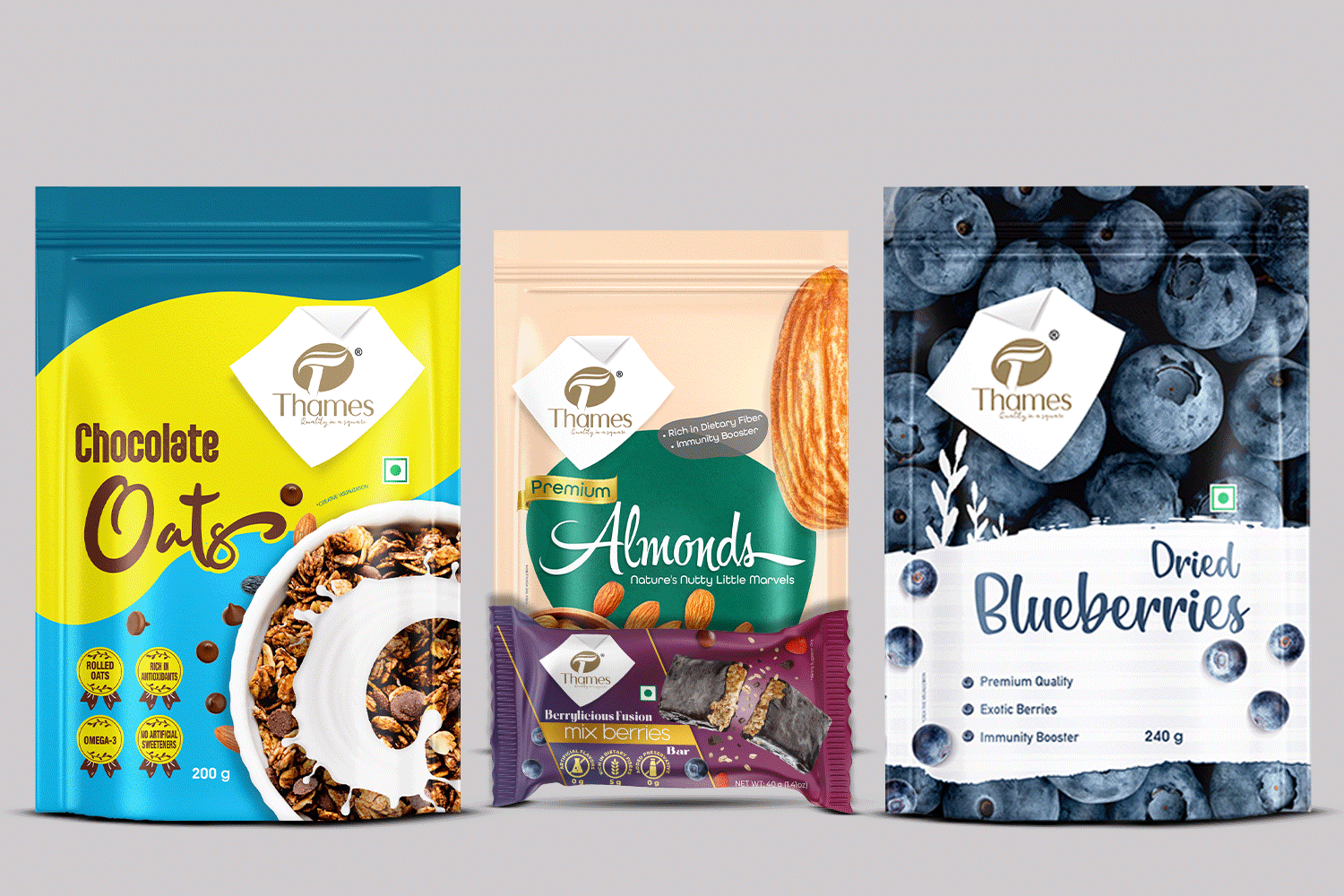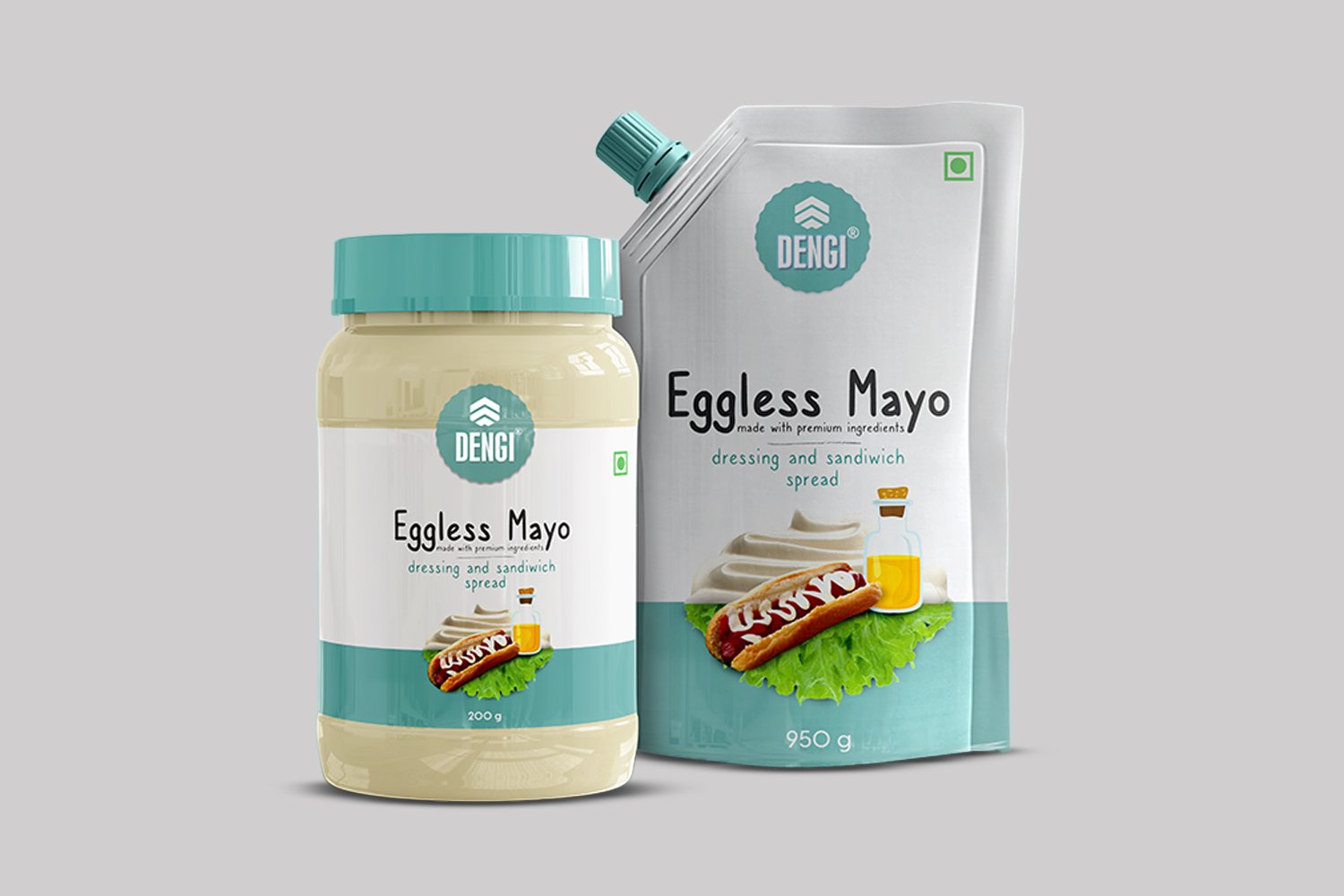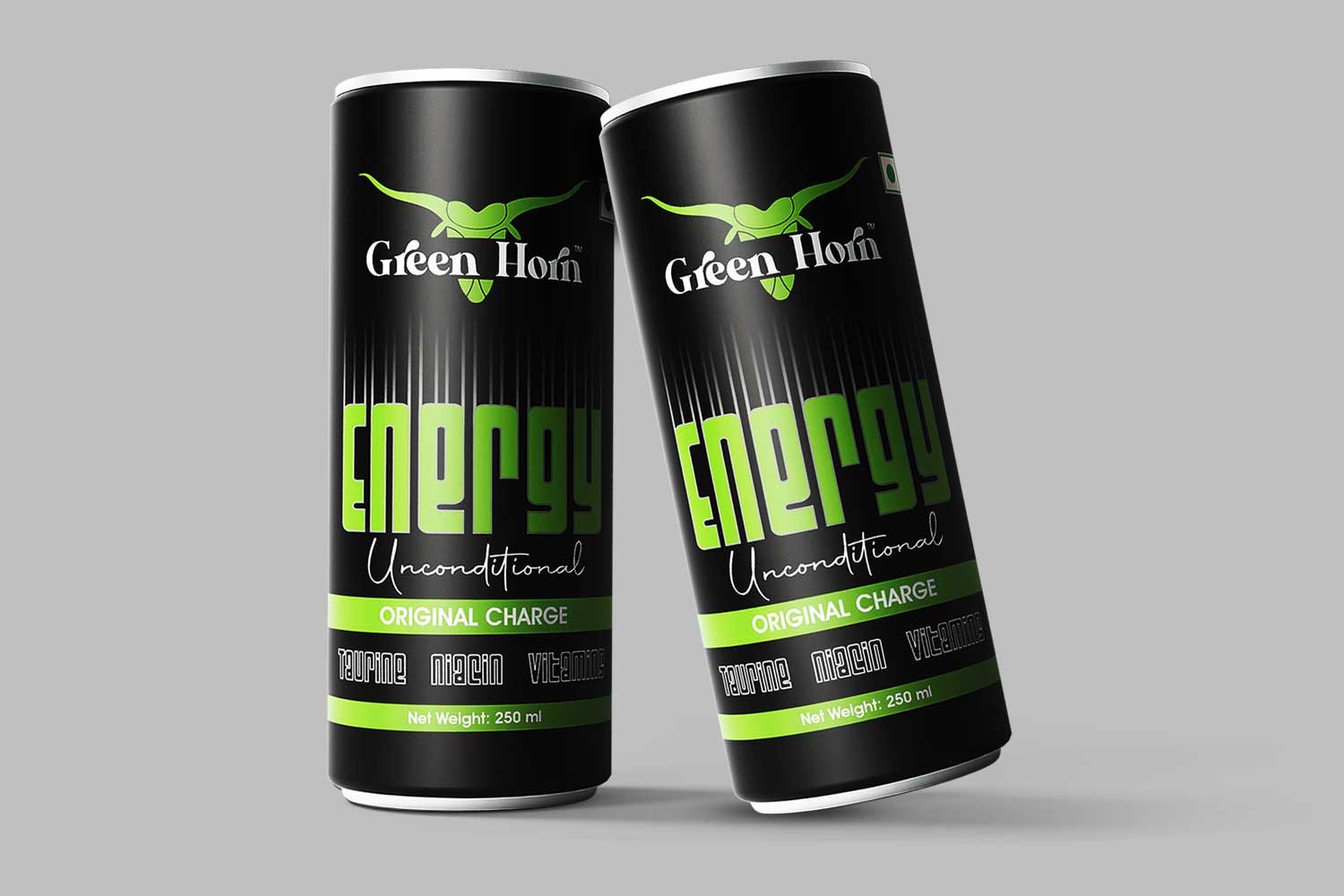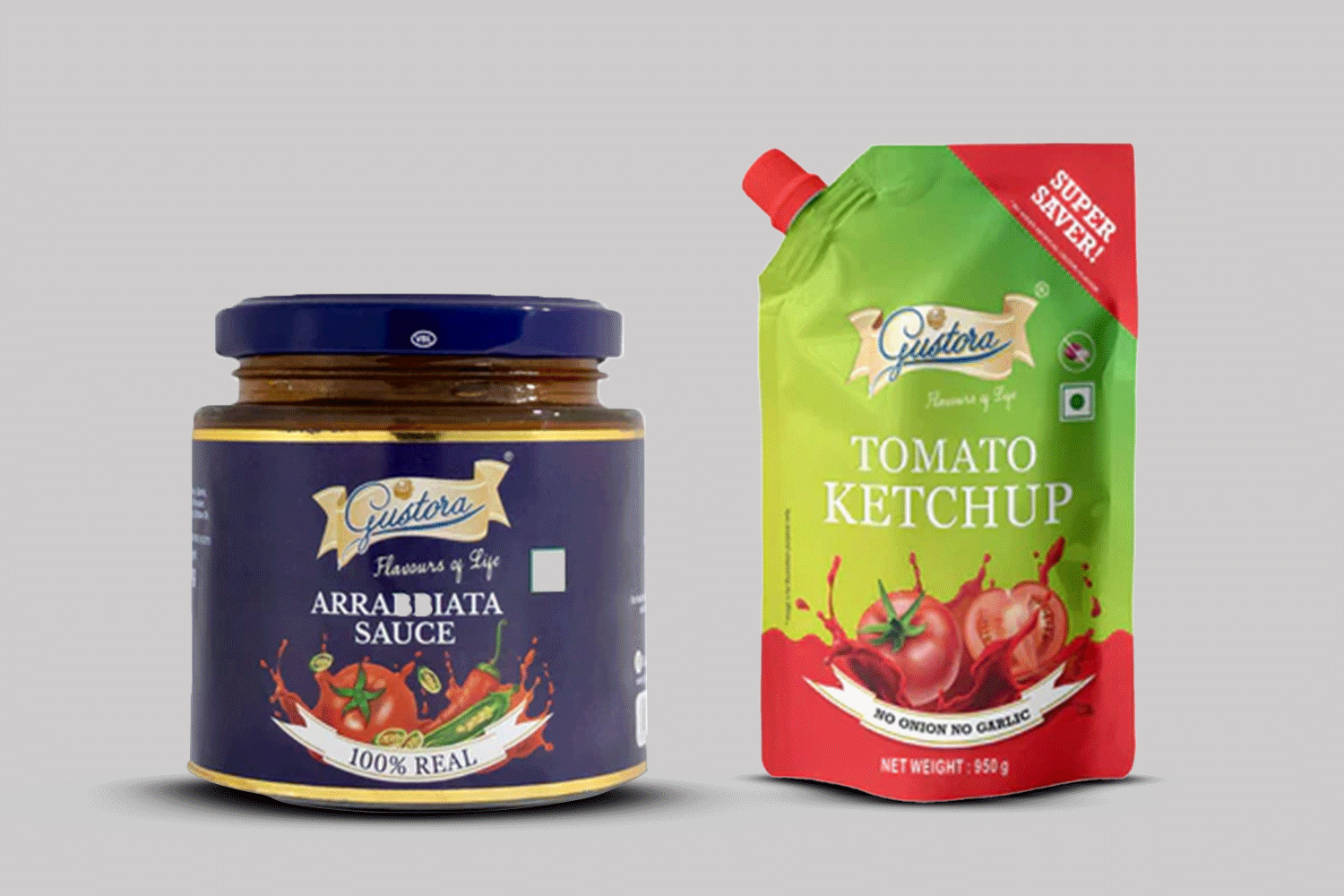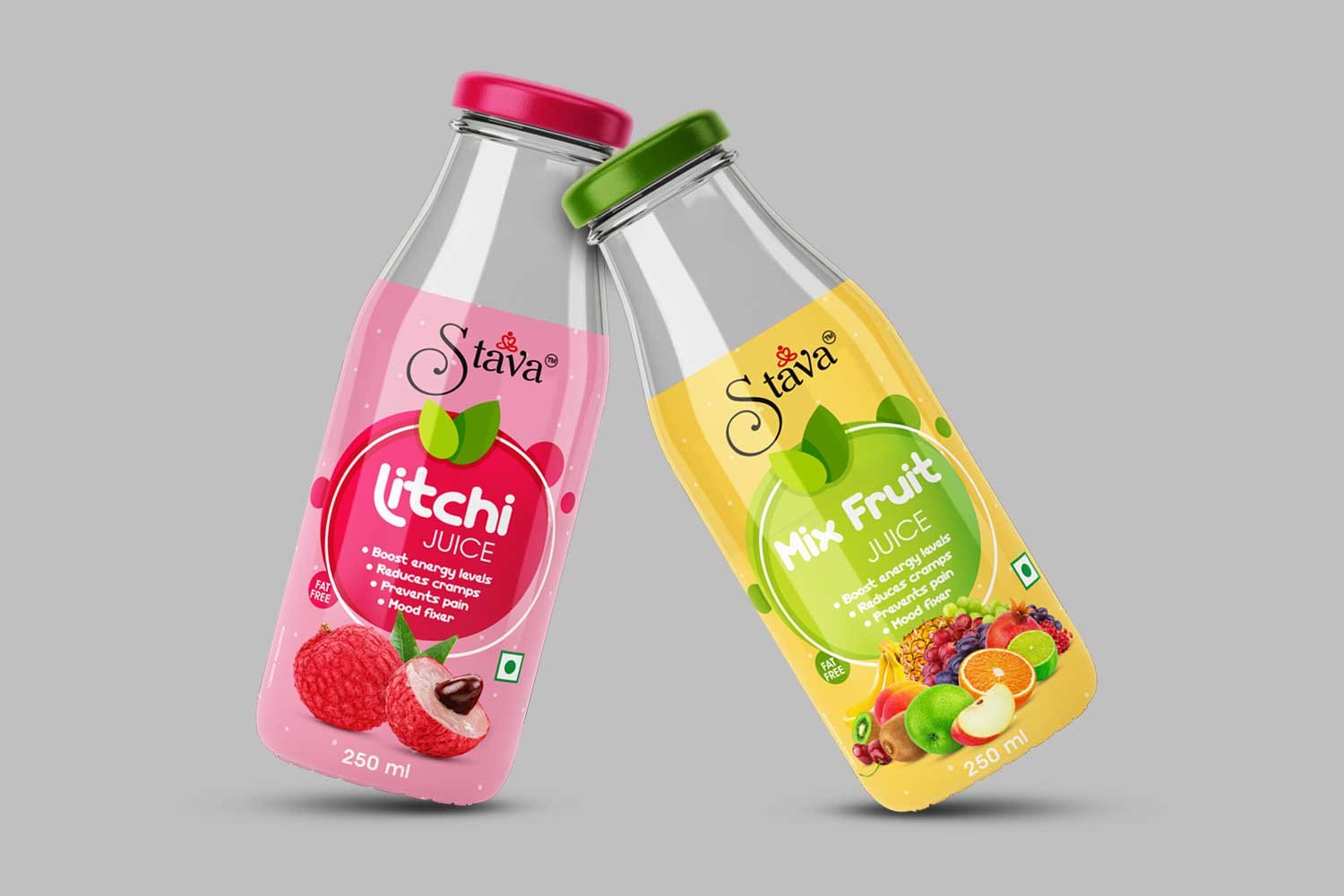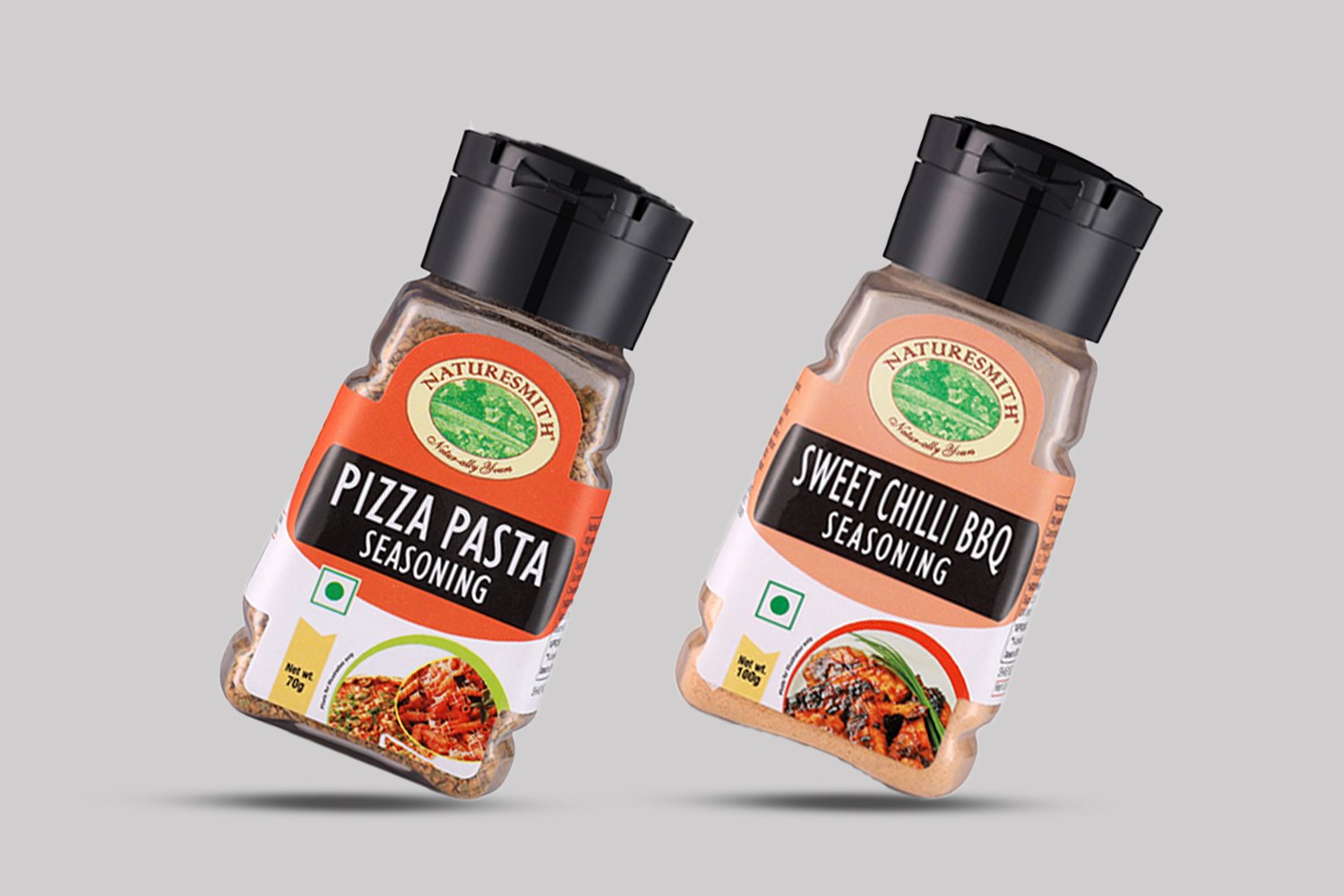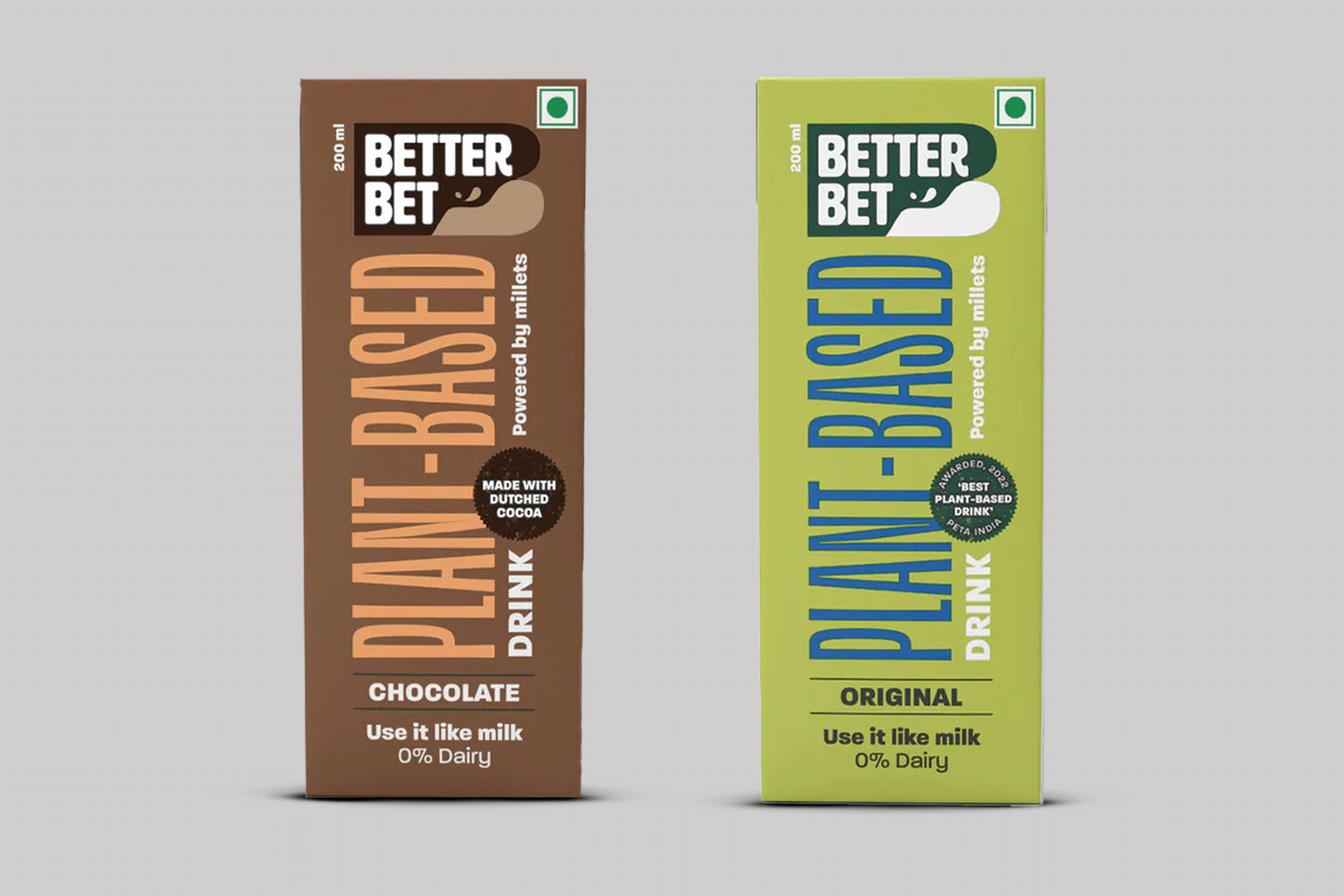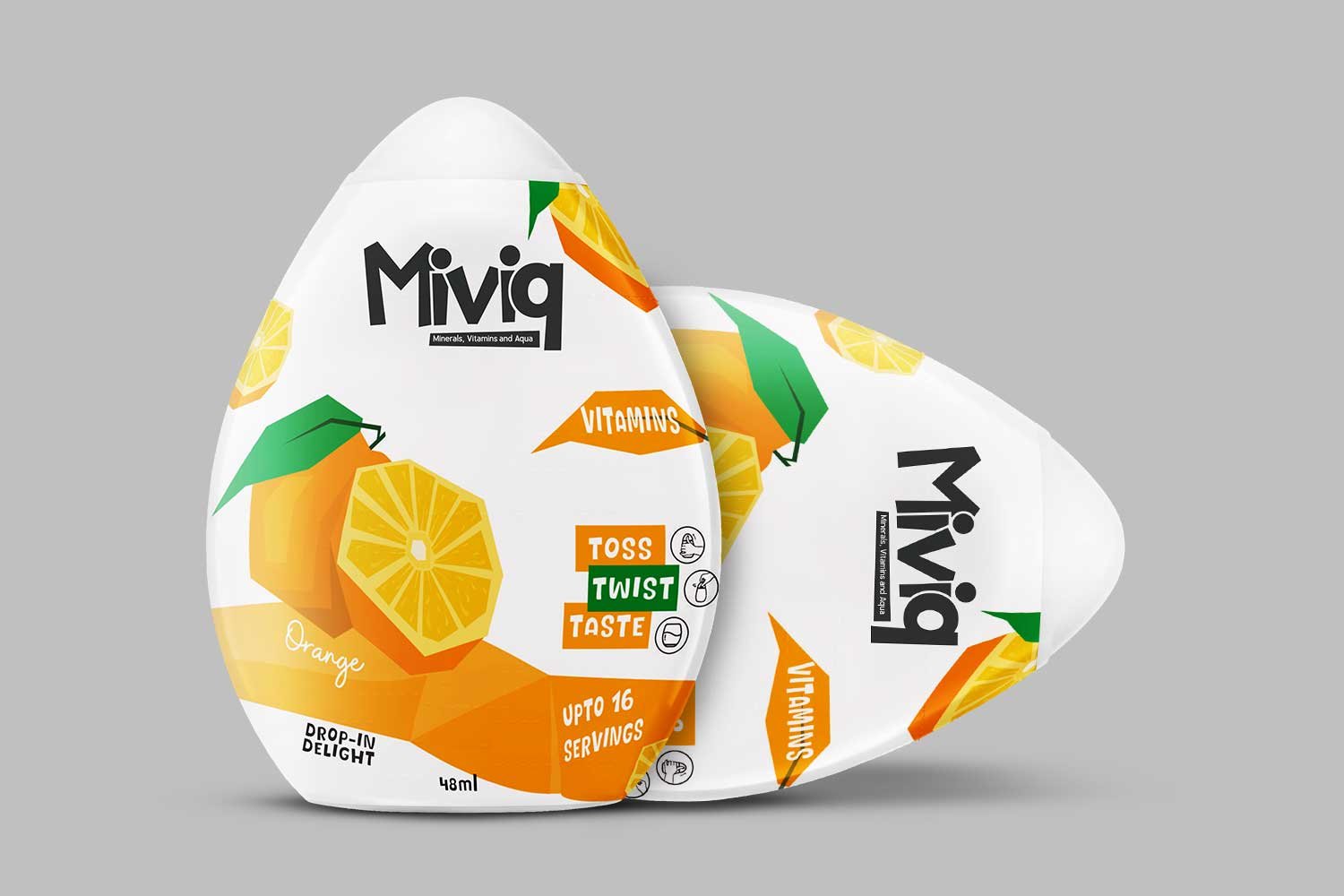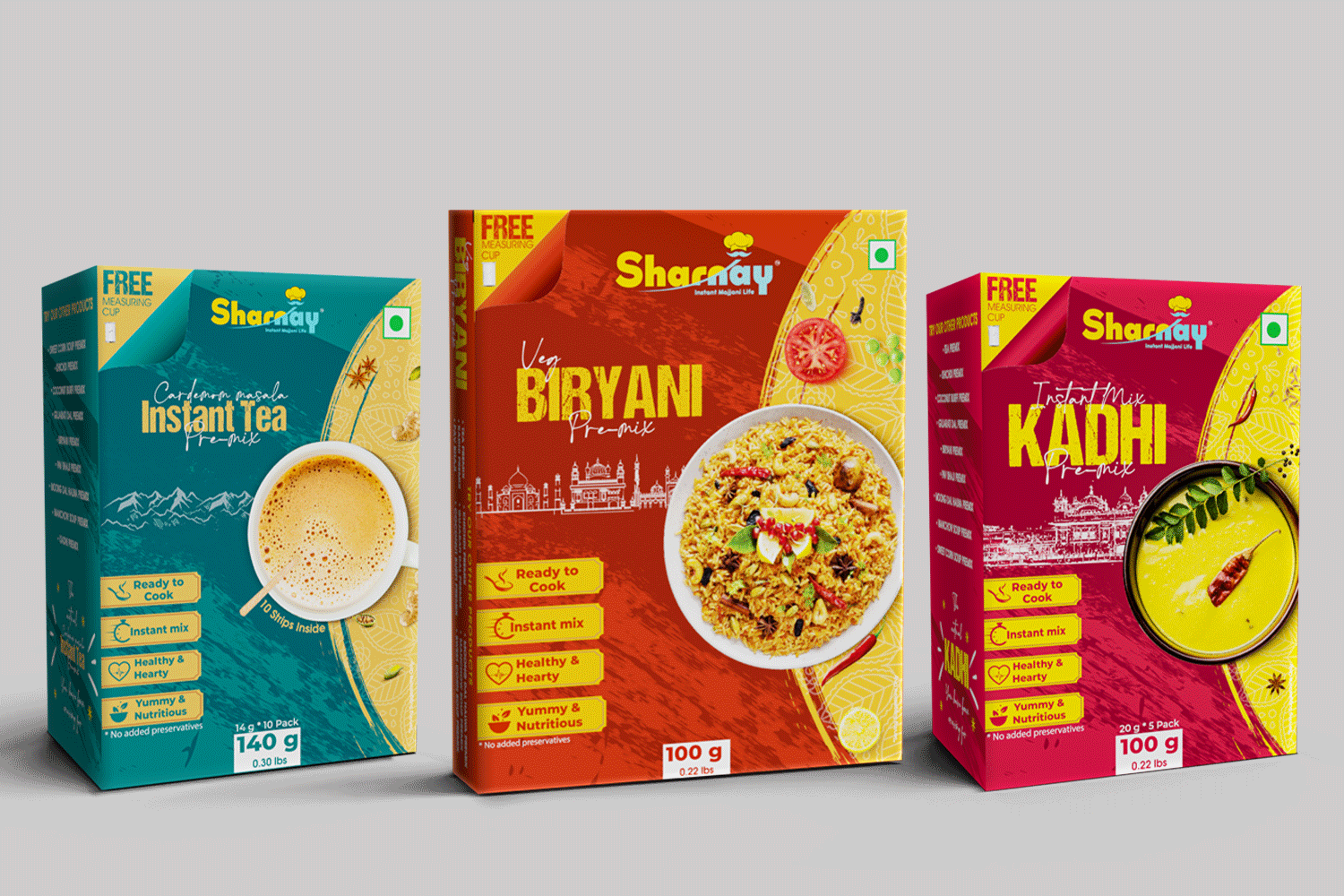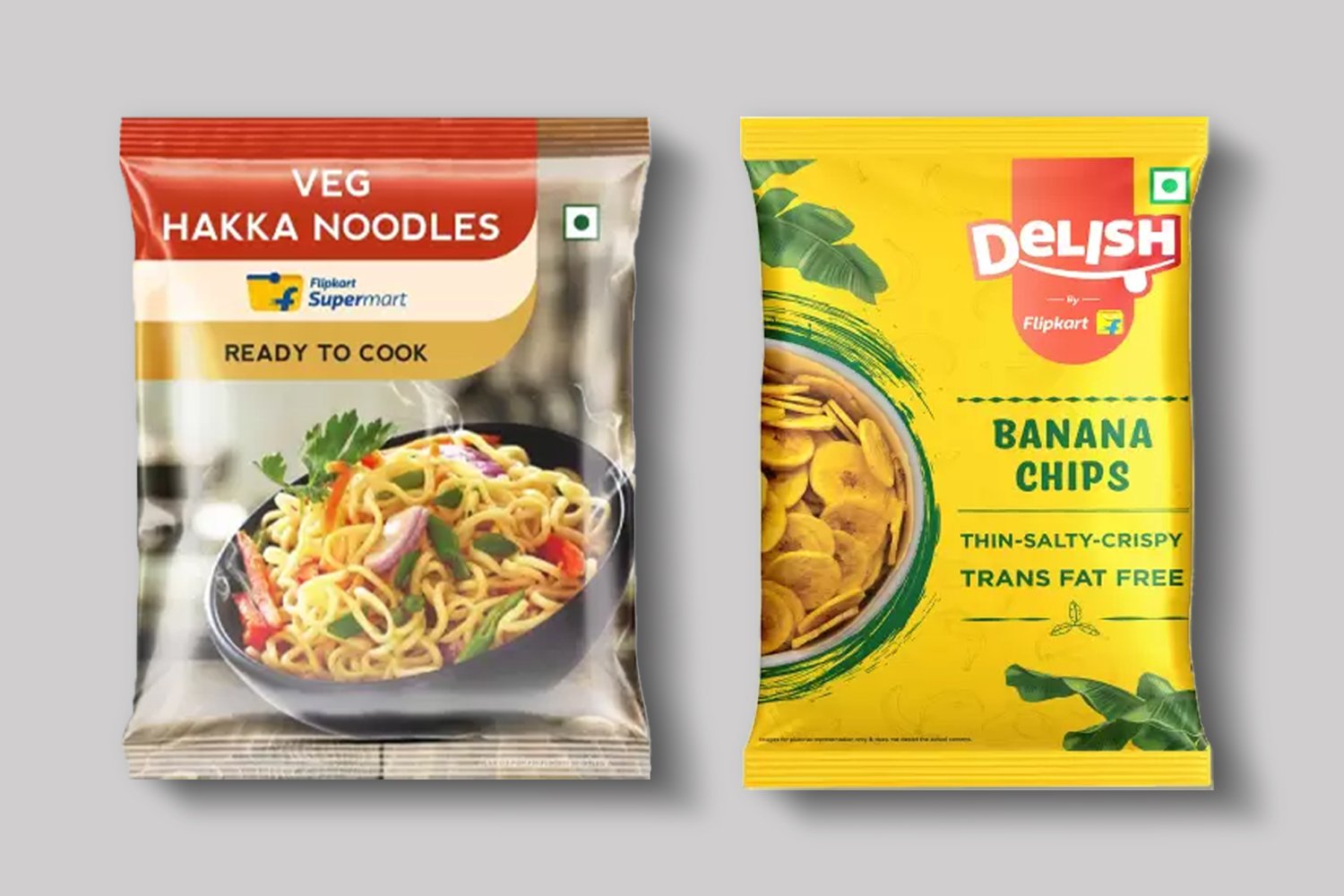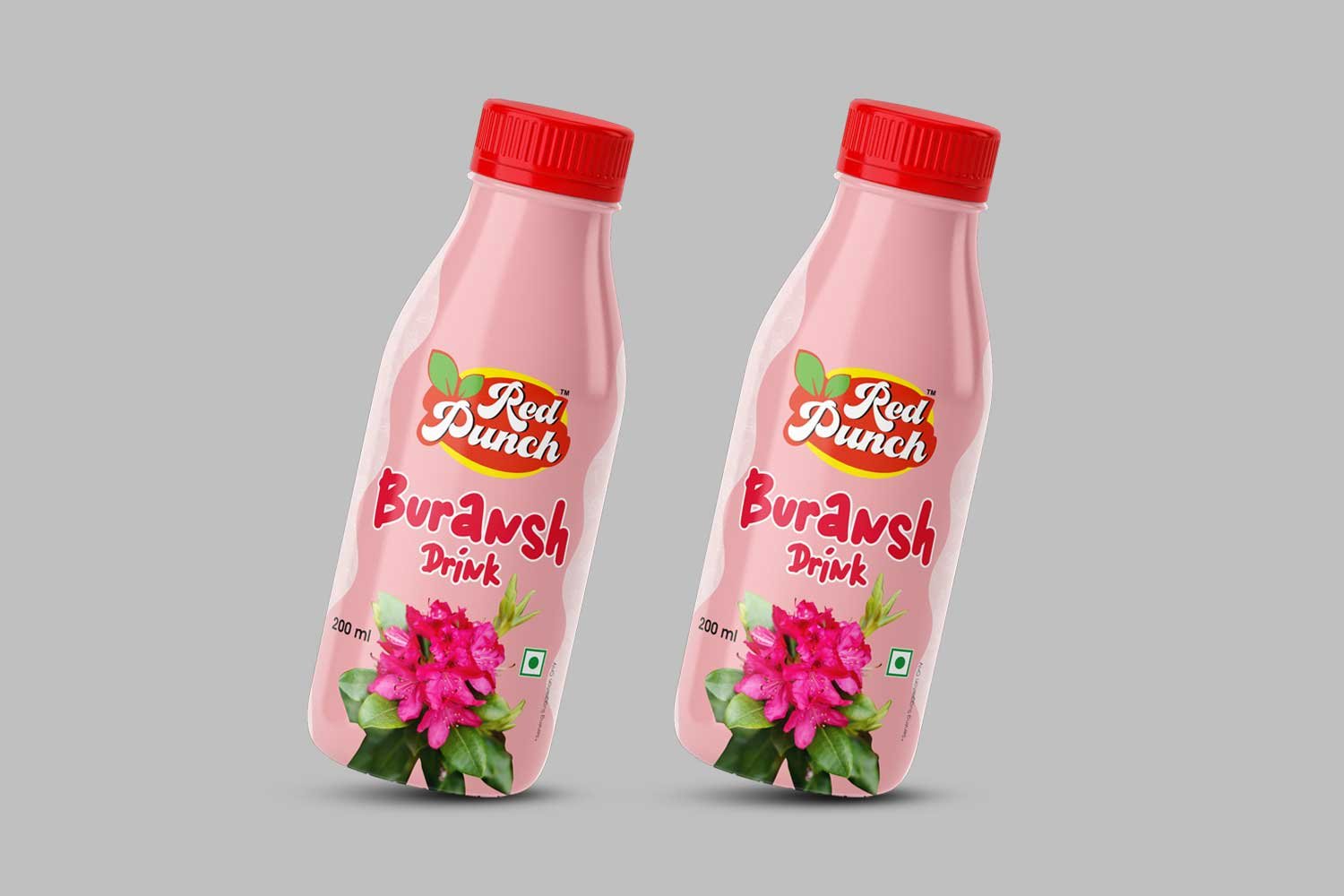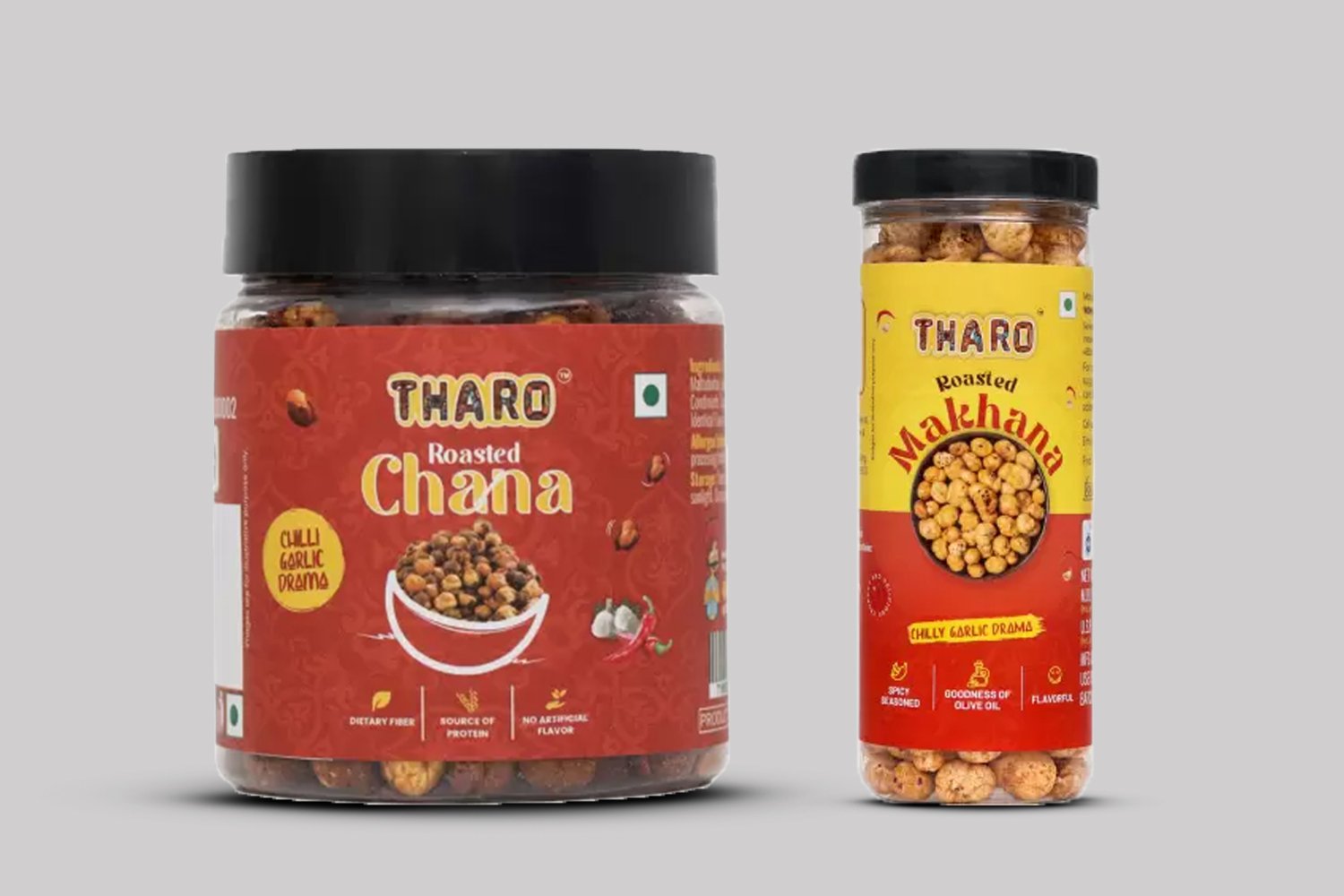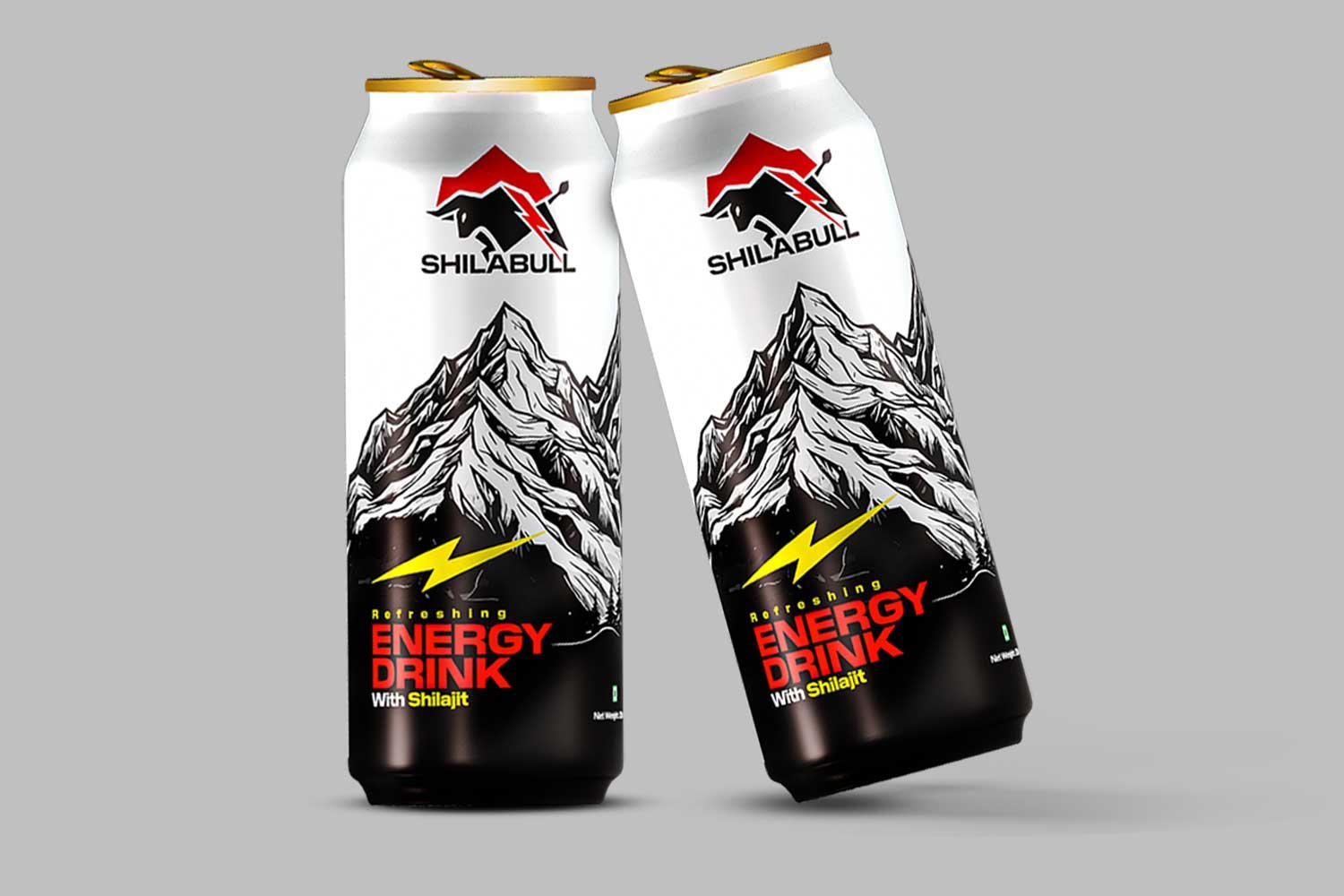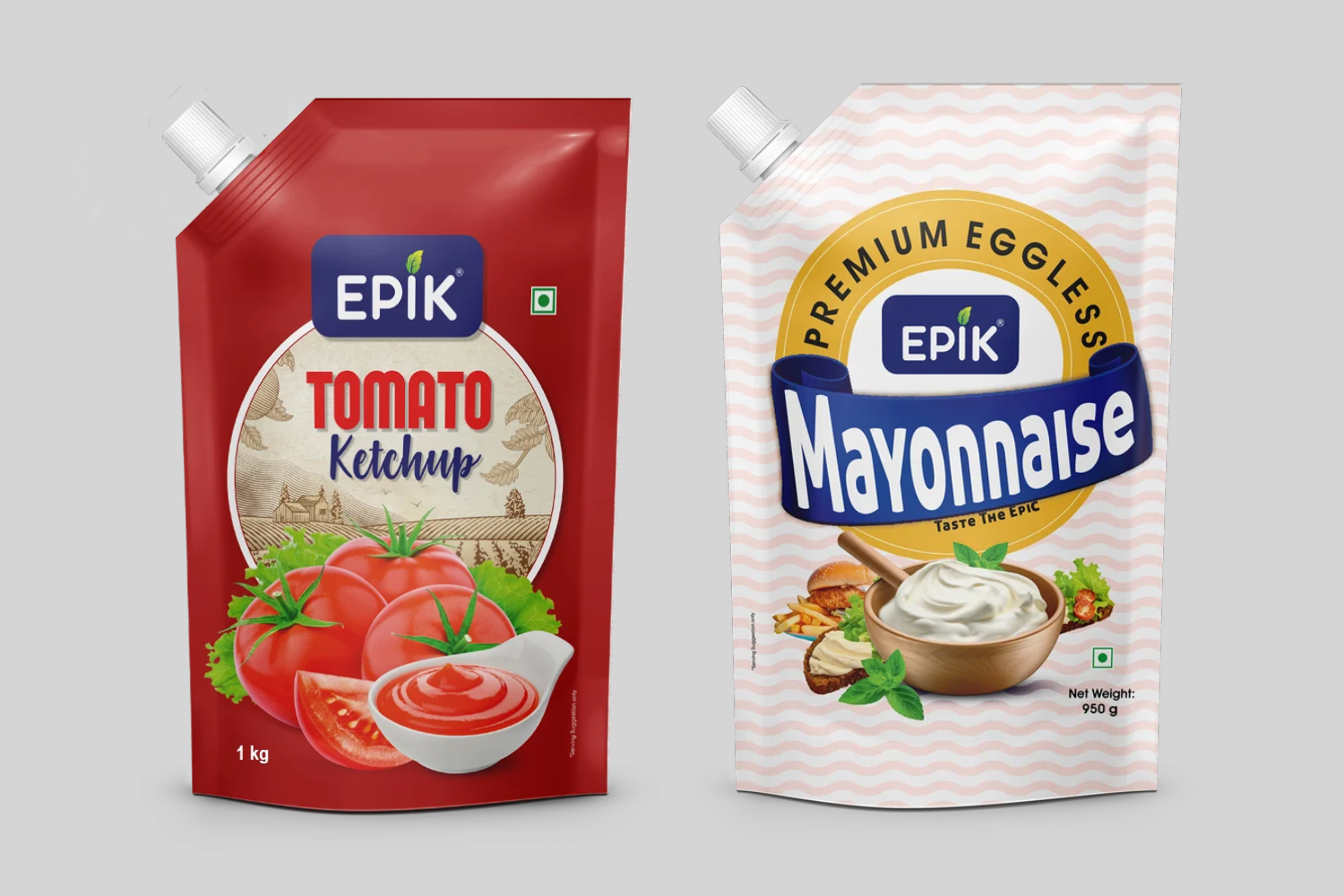Put yourself in a scene where a bottle of hot sauce made in a town is traveling thousands of miles, and still the taste is fresh and full of flavors. This does not happen by chance or just because of the recipe. It happened because of a strategic plan that keeps the product fresh and safe during its long journey. This plan is called the global shelf life strategy. In this blog, we will help you with the complete strategy and a checklist to keep your food products fresh and tasty no matter where they go.
Understanding Global Shelf Life For Food Startups
Global shelf life means the period during which a food and beverage product stays safe, fresh, effective, and retains its desired quality under particular storage conditions. For food, global shelf life means taste, texture, color, and nutritional value; for pharmaceuticals, it is potency and safety. In global markets, food and beverage shelf life is a moving target, driven by factors ranging from climate and logistics to packaging and regulatory requirements.
Why Is Global Shelf Life Important In 2025?
Global shelf life is important in 2025 for many reasons. The main pointers because of which the global shelf of food and beverage products important are:
- Food security: The shelf life extension reduces food loss and supports global food distribution, which helps to achieve sustainability targets for businesses.
- Efficiency in supply chain: Longer shelf life of a food and beverage product allows for better management in inventory, reduces stockouts and overstocking, and supports wider distribution.
- Regulatory compliance: Different countries have different shelf life regulations, making the shelf life data and strategy powerful and important for global market access.
The main common shelf life mistakes that food and beverage startups mostly ignore while maintaining the global shelf life of their product are:
- Ignoring the first-expiry, first-out (FEFO) method
- Overlooking storage conditions
- Improper sealing or packaging
- Neglecting regular stock rotation
- Bypassing system recommendations
- Poor warehouse organization
- Inconsistent temperature control
- Using contaminated utensils or equipment
Now, let’s look at the global shelf life strategy checklist that will be perfect for your business to enter the global markets.
Checklist For Global Shelf Life Strategy For Food Startups
Before working on the details of the product, make sure you have a clear global shelf life strategy checklist for the food business. This includes things like storage needs, shelf life limits, and country regulations. Once your checklist is ready, start by sorting your products into batches based on how long they last or how they are used. Then, link these batches to the right data to manage each food product better.
Product Categories And How They Work Together
Group your food products based on how long they last. Keep this information in your system so you can track it easily. This helps you plan better for making, storing, and sending products to different places. It also helps you avoid sending short-dated products to faraway markets. Good data means you can quickly spot and solve problems.
Food Formulation And Design Of The Product
Select the ingredients that help your food and beverage product stay fresh longer, like preservatives. Adjust things like moisture and acidity to stop spoilage in your food and beverages. Food recipe formulation experts make sure that your food and beverage product can handle the weather and travel conditions where it will be sold. Test your food recipe formulation to see how it holds up in real-life situations. Small changes in ingredients can make a big difference in the shelf life of the food and beverage product.
Quality Control and Shelf Life Testing Of The Food Product
Look after the quality of the food product regularly during production and packaging. Test how long the products stay good by storing them in real and faster test conditions. Use these tests to decide the right expiration date of your food product. Keep the records of all your tests for safety and legal reasons and to present them in front of regulatory bodies. Regular testing helps you catch problems before products reach customers.
Training And Communication Among The Employees
Teach your team how to handle, store, and manage shelf life properly. Make sure everyone knows the rules and shares important shelf life information with partners and suppliers. Regular training keeps everyone up to date on best practices. Good communication helps avoid mistakes and keeps your products safe.
Packaging Innovation In The Food Product Development
Food product development experts use packaging that keeps out air, water, and light to protect your product. They use special packaging that can keep the product fresh longer or tell you if it is still good. The experts make sure the packaging follows all rules. Try new packaging ideas with the help of food packaging experts to see what works best for your product. Good packaging can also make your product look more appealing to buyers.
Inventory And Supply Chain Management
The food development consultants use methods like “first in, first out” to sell older products first and avoid waste. They use systems to look at the storage conditions, like temperature, of food products. The experts handle food products carefully during shipping and storage to keep them fresh. They will train your staff to spot and remove products close to expiry. A well-managed supply chain means fewer returns and happier customers.
Stability Monitoring And Continuous Improvement
Keep checking your product over time to see if it stays fresh. Use this information to improve your food recipe formulation, packaging, or storage. Update your food or beverage product’s shelf life based on the understanding of global shelf life. Regular reviews help you find new ways to make your food product last longer. Share your findings with your team to keep everyone informed.
Regulatory Compliance And Risk Assessment
Follow all laws about how long products can last and how to label them. Check risks before changing shelf life. Keep good records to present to the food regulators if needed. Stay updated on rule changes in every country where you sell. Being compliant builds trust with both customers and authorities.
Technology And Integration Of Process
Use software and tools to track your food products and shelf life in real time. Use barcodes or RFID tags to help with tracking. Analyze data to plan better and reduce waste. Food technologists help you find problems faster and fix them quickly. It also saves time and reduces mistakes in your processes.
Customer and Market Alignment
Make sure your shelf life matches what customers and markets expect. If needed, listen to feedback and adjust shelf life or packaging for different regions or stores. Understanding local preferences can help you sell more. Happy customers are more likely to buy your product again and recommend it to others.
Global Freshness Starts Here- Get Your Free Consultation Now!
Give your food and beverage products the passport they deserve. With industry expertise in food and beverage product development, we can help you keep every item crisp, safe, and ready for any table. Your global freshness starts here; secure your free consultation now with Foodsure’s recipe formulation experts and see how your brand can deliver excellence worldwide. Why settle for ordinary? Grow your products; let’s unlock their full potential together! Send us your query on 8130404757.
FAQs
➣ How can I build a global shelf life strategy for my food startup?
Start with a detailed checklist that includes product categorization, shelf life testing, packaging innovation, and compliance with international regulations. Working with food formulation and packaging experts can help you launch confidently into global markets.
➣ What are the best ways to extend shelf life for exported food products?
Use ingredient optimization, airtight packaging, temperature-controlled logistics, and real-time shelf life tracking tools. These combined steps significantly reduce spoilage and ensure regulatory compliance across borders.
➣ Do I need professional help to meet global shelf life standards?
Yes, especially when exporting. Beverage product development consultants can help you navigate regulations, design compliant packaging, and conduct stability tests, making sure your product remains safe, fresh, and legal in every target market.


